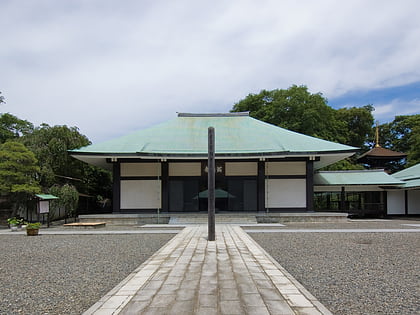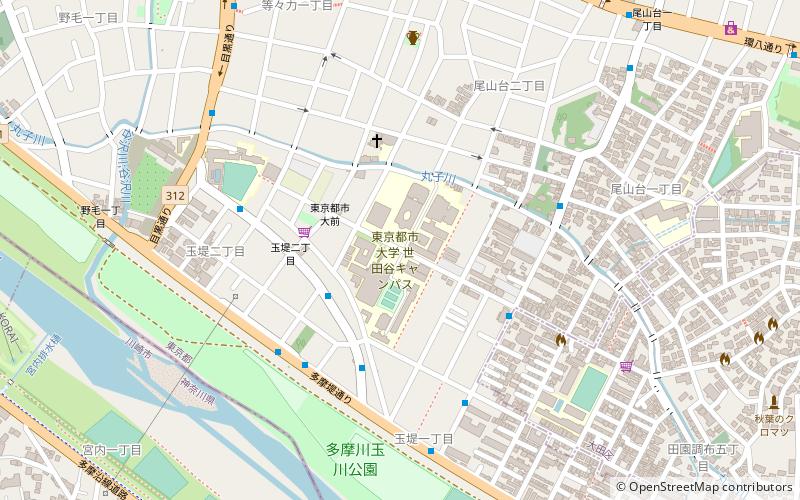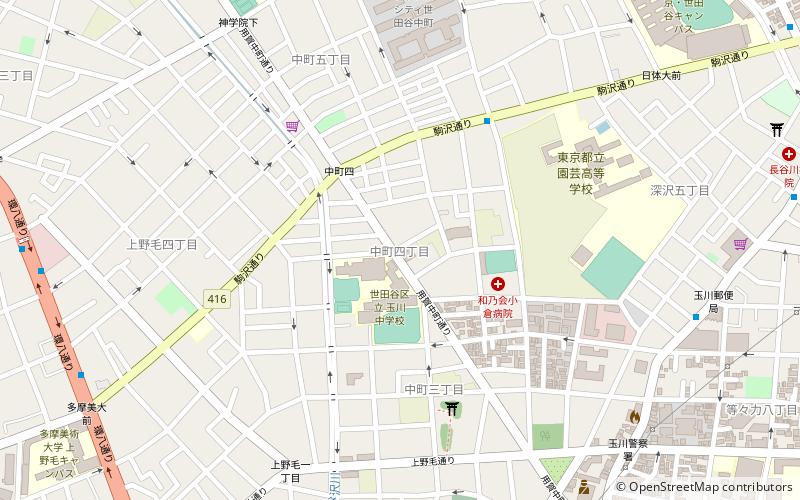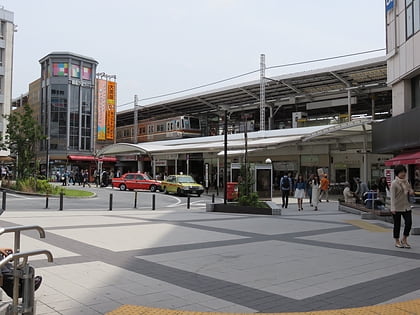Mangan-ji
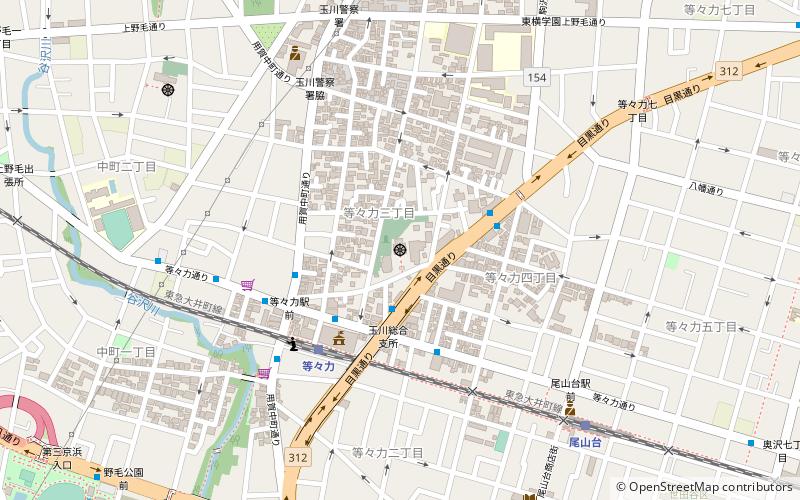

Facts and practical information
Mangan-ji, nestled in the tranquil residential district of Setagaya, Tokyo, Japan, is a historic temple that offers a serene escape from the bustling city life. This Buddhist temple, which is not as widely known as some of Japan's more famous religious sites, provides a unique and intimate experience for visitors and locals alike.
The temple's origins date back to the Edo period, and it has since been a place of spiritual significance and community gathering. Mangan-ji is characterized by its traditional Japanese architecture and well-preserved grounds, which include a main hall, a pagoda, and beautifully landscaped gardens that change with the seasons, offering a picturesque setting for reflection and meditation.
While Mangan-ji may not boast the grandeur of larger temples in Japan, it holds its own charm and a sense of peace that is often hard to find in the urban environment. The temple is known for its annual events and festivals, which are imbued with local customs and practices, allowing visitors to immerse themselves in authentic Japanese culture.
Tokyo
Mangan-ji – popular in the area (distance from the attraction)
Nearby attractions include: Gotoh Museum, Komazawa Olympic Park, Hasegawa Machiko Art Museum, Futako-Tamagawa Rise.
